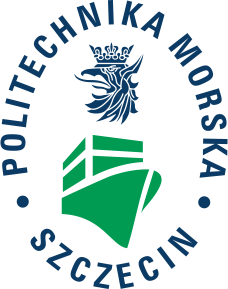Publikacje Jacek Wojnowski
Tytuł : Personalized Anti-Vibration Protection for Telematics Devices in Urban Freight Transport Vehicles
Autor/Autorzy: Jacek Wojnowski, Jarosław Chmiel
Miejsce publikacji: Energies
Rok: 2021
Słowa kluczowe: Additive manufacturing, damping, freight transport, maintenance management, hybrid and electric vehicles, fused deposition modeling, multilevel design and manufacturing process
Abstrakt: Vibrations are a major cause of human health disorders, circuit boards and machinery damage. Vibration dampers are considered to be the best option to counter these issues. Three-dimensional printing techniques play an increasingly important role in manufacturing small polymer parts with tailored properties. Thermoplastic elastomers (TPE) constitute a perfect material for manufacturing small-scale series absorber prototypes due to their thermoplastic nature, good elasticity and damping properties. This paper proposes a novel multi-level approach to the design and manufacturing process, e.g., the first level—selection of material; second level—decision about the geometry of a damper; third—selection of technological printing parameters; fourth—post-printing treatment. This work primarily aims to overview the design and manufacturing process levels. The impact of each step on the damping capacity of small absorbers is assessed. It was found that thermoplastic elastomers and fused deposition modeling (FDM) have huge potential in shaping the physical properties of small, elastomeric absorbers. It was assessed that at every step of the multilevel design and manufacturing process (MDMP), the designer could tailor the damping to meet the desired criteria of a final product: a cylinder-shaped hollow damper that can be made from TPE polymer without post-printing treatment and is characterized by good damping.
Adres strony internetowej (link) do pełnego tekstu publikacji: https://www.mdpi.com/1996-1073/14/14/4193
Tytuł: The influence of matrix crystallinity on the mechanical performance of short-fibre composites – Based on homo-polypropylene and a random polypropylene copolymer reinforced with man-made cellulose and glass fibre
Autor/Autorzy: Jacek Wojnowski, Piotr Franciszczak, K. Kalniņš, Elżbieta Piesowicz
Miejsce publikacji: COMPOSITES PART B-ENGINEERING
Rok: 2019
Słowa kluczowe: Crystallinity, DSC, Injection moulding, Mechanical properties, Polymer-matrix composites, XRD
Abstrakt: This research shows the influence of the crystallinity of thermoplastic polymer matrix on the mechanical properties of short-fibre composites. It proves that crystal phase affects not only the properties of matrix but predominantly the transfer of stresses to fibres. The injection moulded composites were based on homo-polypropylene and random polypropylene copolymer matrices with glass and man-made cellulose short fibre reinforcements. They were also subjected to annealing to induce growth of crystal phase in the matrices, which was investigated using XRD, DSC and density measurements. The mechanical performance of applied polypropylenes and their composites was compared with annealed counterparts. This comparison shows that matrix crystallinity is important for the mechanical performance of composite and may cause its inconstancy induced by factors like variation of molecular mass distribution, processing conditions and cold crystallisation happening over time. This effect should be heeded at the production, exploitation and research on composites with semicrystalline matrices.
Adres strony internetowej (link) do pełnego tekstu publikacji: https://www.sciencedirect.com/science/article/pii/S1359836818344238


